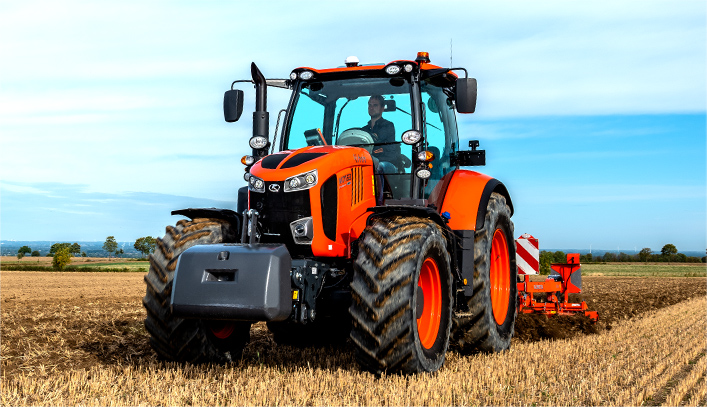Market-based stance creates optimal implement solutions
Yasuko Washio
Farm Machinery Implements and Products Engineering Dept.

Understanding farmer needs and providing the right solutions
Since joining the company, I have been closely involved in the development of implements, work equipment that is attached to tractors. I am usually in charge of development for the domestic market. There are more than 300 different implements designed for work in such categories as field tilling, ridge forming, fertilizer distribution, seeding, harvesting, etc.
Currently, we are targeting the domestic implement market for upland farming, and we are developing products in collaboration with domestic manufacturers. Since the needs for implements in upland farming vary widely by crop type and work system, an accurate understanding of those needs is required in product development. Our approach to achieving that goal is clear: employ a market-based approach. This is an activity we are implementing in Japan to meet the diverse needs unique to upland farming, and we are striving to provide the optimal solution by actually verifying the needs of the market; in other words, talking with farmers and identifying their needs.
-

Surveying local users is indispensable to producing better products (India)
India, my first overseas market — The feeling of touching the world
Our focus in the development of the MU5501 multi-purpose tractor, which was newly launched in the Indian market, was on improving an implement called the “plow.” This is a popular implement in India used for reverse plowing after harvesting and resetting the field for the next cropping. My role in this project was to improve the implements made by an Indian manufacturer to achieve higher fuel efficiency, which is one of the features of the MU5501. As the improvement work was carried out jointly with an Indian implement manufacturer, I was sometimes perplexed by differences between the Indian and Japanese approaches to development. The most challenging task was to improve the slight variation produced in each plow because the Indian manufacturer had no drawing. I discussed problems and suggested solutions to the local engineers as we proceeded; but my suggestions were rarely reflected in trial production, so I had a difficult time. In addition, since soil type and plow use differ from Japan, verification and testing in the field were essential. The number of trial productions and tests we carried out before the start of actual production would be unthinkable in Japan. Taking on an overseas project for the first time turned out to be a great opportunity for me to learn about the difficulties involved in working through the differences in culture, values and mindset, as well as a good opportunity to realize the universality of implement development. I learned that in the end, in any country and in any region, the process of collaborating with manufacturers to develop a new product while verifying each actual work process and customer request is really the same as the market-based approach implemented in Japan; and I felt that this process was an essential condition to a development based on local needs.
If I get another opportunity to be involved in product development in the future, not only for India, but for any unknown overseas market, I would like to make it a point to provide the best solution for local users by applying the market-based approach.
